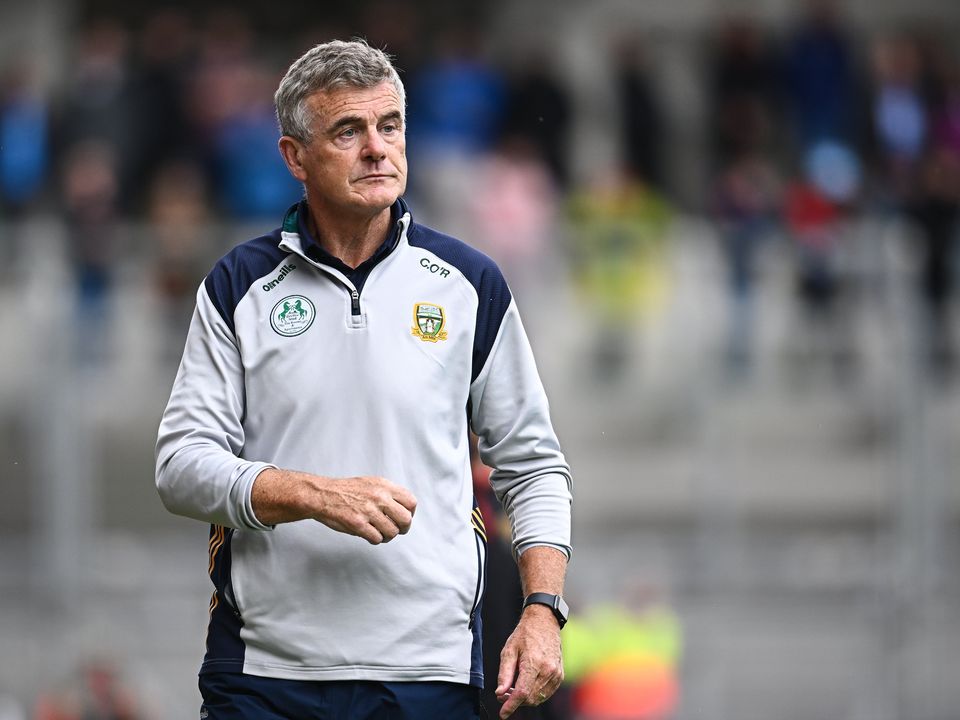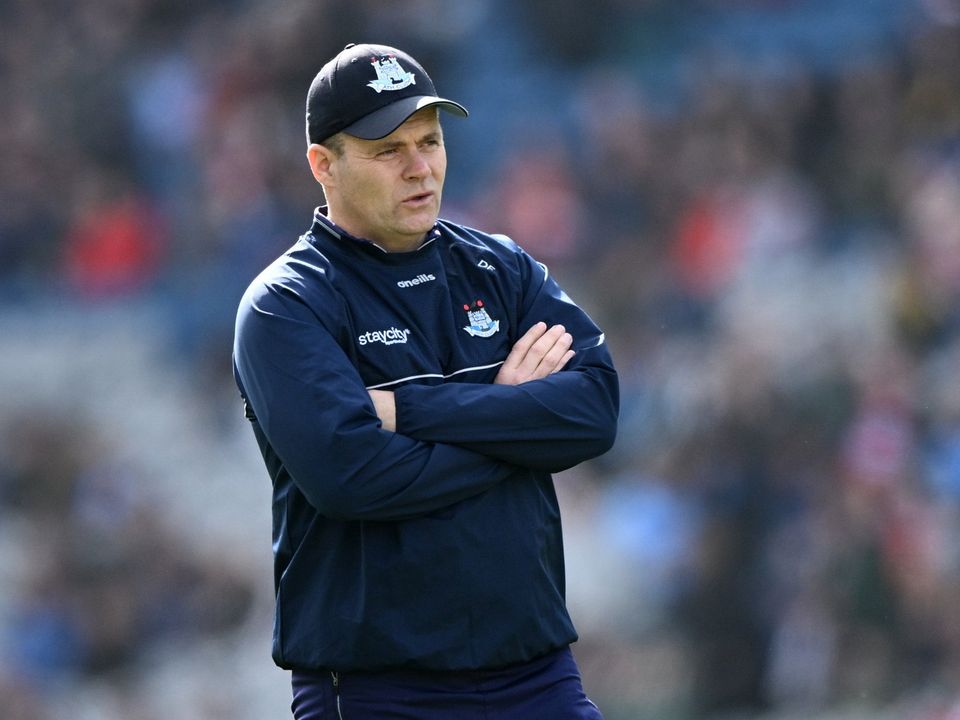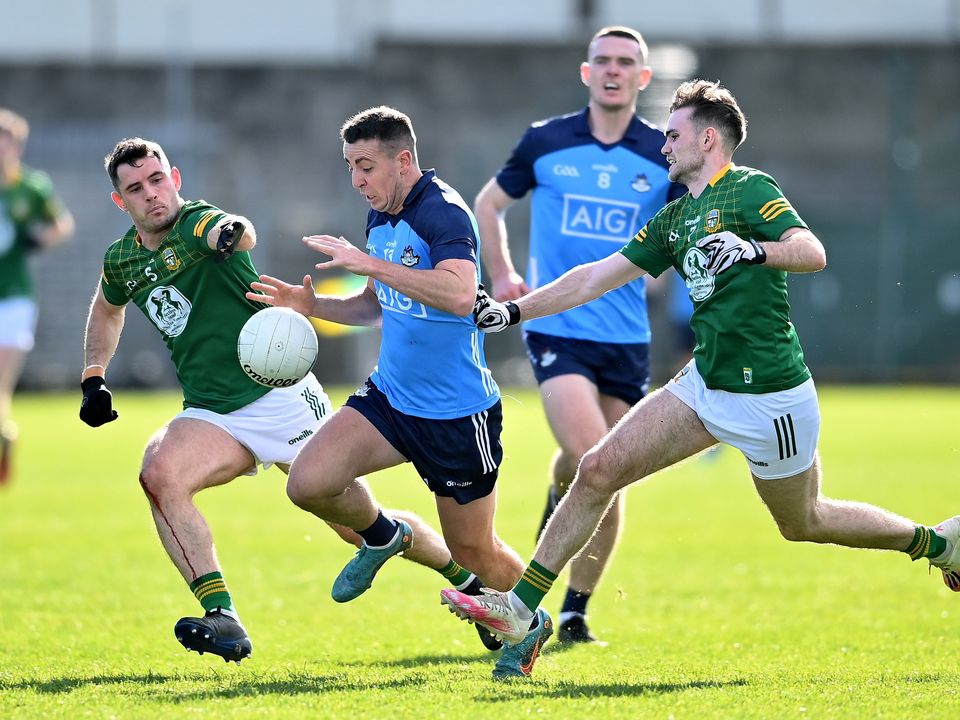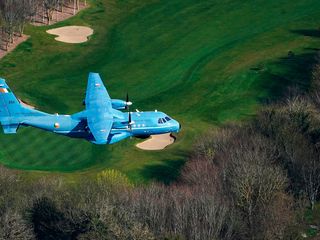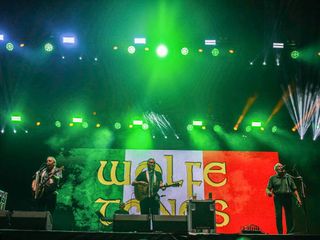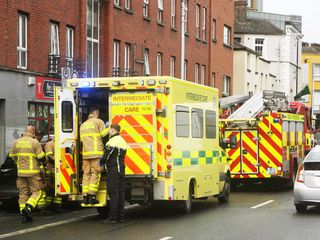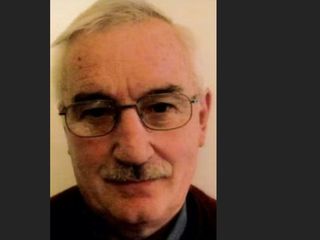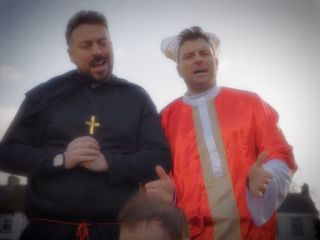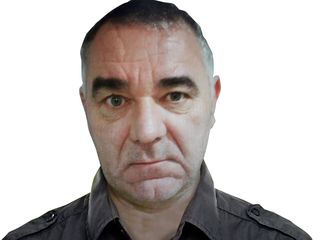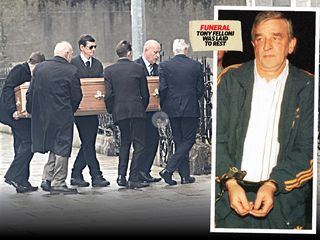Roy Curtis: Dublin’s epic battles with Royals just a faded memory
Highs and lows; peaks and troughs; a thrilling joyride down the autobahn of life.
Like any great house reduced to a husk of its former self, a tottering listed building in need of urgent renovation, the inclination is to remember the rivalry between Dublin and Meath – broiling, volcanic, savage, elemental and electrifying – in its buoyant, bustling pomp.
Colm O’Rourke will enter one of Croke Park’s cavernous dressing rooms today, knowing that victory for the team he now manages is as likely as a meteorite striking Hill 16, and, for a moment at least, he will surely rewind to when he was a young soldier.
When Meath and Dublin was a marriage of skyscraping equals, a duel between Leinster’s twin towers.
At its stop-all-the-clocks pinnacle, a golden age that reached its apex in the summer of 1991, their no-backward step animus announced itself as the heat and light-emitting star at the epicentre of the Irish sporting solar system, a life-sustaining sun for all in its orbit, the Celtic Classico.
On those afternoons of June and July thunder, when sky blue collided with Royal green, when O’Rourke, Mick Lyons and Gerry McEntee went head to head with Keith Barr, Paul Curran and Charlie Redmond (or later, when Jayo and Dessie collided with Trevor Giles and Darren Fay), nothing else mattered.
For the better part of two breathless decades, this ferocious Beast of the East evoked the ferocity, intrigue and sense of occasion of those old, intoxicating bouts pitting Ali against a cast of feared rivals – George Foreman, Joe Frazier, Sonny Liston – for the title of heavyweight champion of the world.
Some 33 years have passed since the most unforgettable of all their rumbles in the Croke Park jungle, but the bamboozling insanity of all that unfolded back then retains its power to bring a rush of vitality to older hearts.
It was a contest that defied the laws of nature, a landmark turn in the road of GAA life; all-consuming, epic, endless; for five summer weeks, the story at the centre of every room: Meath v Dublin, 1991, a warm breath of memory.
Four fevered contests, three draws, two of them after extra-time, the better part of six hours of football, nine goals, 96 points, 236,383 paying spectators, and at the end of it all, a point – a microscopic hairline – between the teams.
Meath 6-44 (62) Dublin 3-52 (61)
Separated by a single pixel in a photo-finish after the equivalent of a month-long race that circumnavigated the globe.
Ernest Walton, the Irish Nobel Laureate who first split the atom, might have found even his physics genius insufficient to separate these duelling boys of summer.
Some historical context is required to truly grasp the significance.
Less than a year had passed since Italia ’90 erupted like a great sporting Vesuvius, spitting out a fountain of euphoric green magma which engulfed the nation.
Overnight, the landscape of Irish cultural life radically altered. Even hurling and Gaelic football heartlands were enlisting in Jackie’s army. The GAA was on the back foot. Some within Croke Park imagined it as an existential threat.
They required an attention-grabbing counter-thrust, a return to Broadway.
And like a gift from the gods, Dublin and Meath arrived to fill the void: a homegrown World Cup, a Mardi Gras as hypnotic and hysterical and immortal as the imperishable Latin theatre of the previous summer.
A swashbuckling saga co-directed by Seán Boylan and Paddy Cullen, which, long before its impossibly nerve-jangling final episode, had seized the title deeds to the national conversation, shipwrecked its vast audience on a reef of hysteria and delivered an electrifying jolt of renewal to Gaelic games.
For fully 35 days, the dimensions of the universe were reduced to an antique, creaking, inner-city coliseum: the old Croke Park was La Scala, the Sydney Opera House, London’s West End, every storied New York playhouse rolled into one illuminated and palpitating Celtic hippodrome.
Here was a Leinster preliminary round that sprouted and flowered and grew like a rainforest, soaring higher and higher in the public consciousness until it seemed to dwarf even the most skyscraping All-Ireland finals.
It was the front-page headline, it led news bulletins; it was an inferno consuming every molecule of available oxygen.
The games themselves are a kind of green and blue blur, a kaleidoscope of colour and emotion, remembered not through the detail but as an overwhelming sensory experience.
Highs and lows; peaks and troughs; a thrilling joyride down the autobahn of life.
It was a visceral box-set, which, in its dizzying, brilliantly scripted, interweaving storylines, felt like a precursor to The Sopranos or The Wire or, perhaps most aptly, given the rivalry and extreme emotion, Love/Hate.
Three fevered, roller-coaster draws before a final sun-kissed, scorching, climactic Saturday finally separated Anna Livia from Tara. As with all the most memorable scripts, the final twist is the most convulsing.
Dublin had raided the vaults and were approaching the getaway car with the booty, a triumphant smile creasing their features with seconds to go in game four, when, like Val Kilmer stepping onto the bank forecourt in Michael Mann’s classic film Heat, they realise the cops are waiting and their world collapses.
Kevin Foley was a footballer who had spent most of his sporting life at the edge of the photograph.
A defender who rarely crossed the halfway line, yet here he is finishing a length of the pitch Royal flourish to score a storied equalising goal. On the grainy footage, an audible gasp of astonishment can be heard from Hill 16. It gets worse, so much worse for Dublin even as Meath sailed toward delirium.
The now rampant Royals kidnap John O’Leary’s kick-out. The ball is worked to David Beggy and ‘Jinksy’, the guitar-playing forward with a whippet’s physique and torque, sinks the final dagger-thrust into the capital city’s rib cage.
Jack Sheedy hooks a late Dublin free from a distant time zone wide. Eternity’s final full stop is written. The conjoined twins are separated at last.
Some Meath players raise their arms to the heavens; others hug; many appear too emotionally shattered – or maybe it is instinctive respect for the fallen blue warriors with whom they had shared a battlefield – to lend their rapture any physical expression.
Inevitably, the more profound emotions are on show in the losing dressing room.
Even now, across all the decades, the images remain vivid. People have described it as funereal, but that is inaccurate: At funerals, people sympathise and share stories and hold each other.
No, this was a postcard from wherever broken men gather: there was not a sound, not even a whisper; there was no movement; all that existed was young man after young man, seated in silence, ashen, entombed in grief.
In one of the greatest sporting stories told, the last men standing wore Meath green.
As he confronts Dublin’s 1/50 favourites in today’s mission impossible, O’Rourke can only remember how it used to be.

